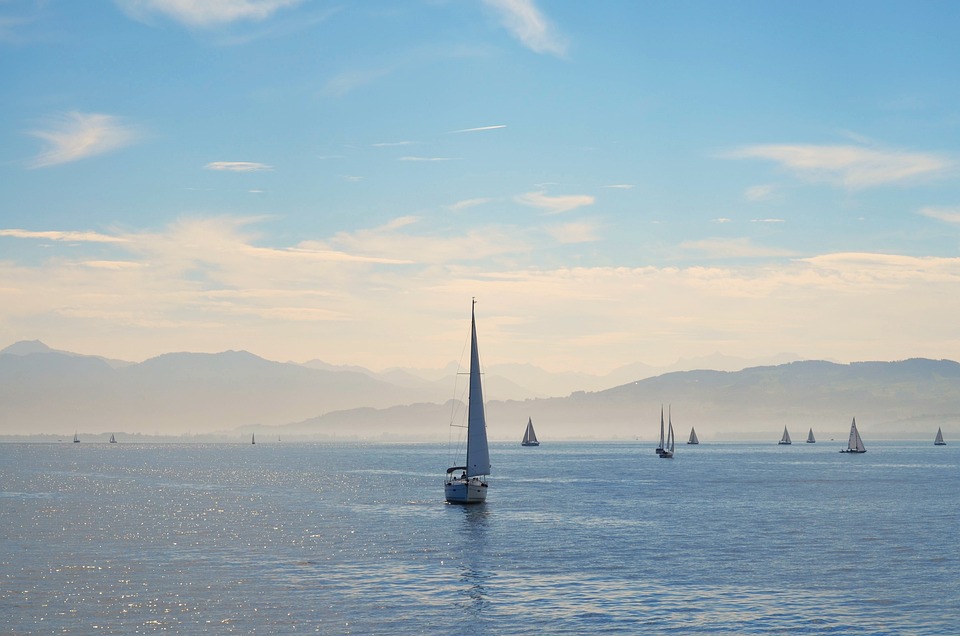Lake Titicaca: A Mystical Oasis in the Sky of South America
Located at an altitude of over 12,500 feet, Lake Titicaca is one of the world’s great natural wonders. Nestled high in the Andes, it sits on the border of Bolivia and Peru, and is considered the birthplace of the Incas. As the largest lake in South America, it’s a magnificent splendor that beckons adventurers and serenity seekers alike. This article guides you through the history, culture, biodiversity, and the mysteries of Lake Titicaca, providing a glimpse into a world that seems suspended in time.
I. The Origin and Geology
Lake Titicaca is one of the highest navigable lakes in the world and is fed by precipitation, glacier meltwater, and streams from the mountains that surround it. Its average depth is 107 meters, with the deepest spot being 280 meters. It has endured for about 3.3 million years, and its origins are shrouded in mystery – some believe it was formed as a result of ancient volcanic eruptions, while others think it’s a remnant of the vast prehistoric Lake Ballivián.
II. The Islands
There are over 40 islands that grace Lake Titicaca, each with its own unique history and cultural significance. The most famous of them all is the Island of the Sun, which is considered the spiritual home of the Incas. The Island of the Moon, known locally as the Island of Death, houses ruins of the ancient Inca capital of Llactapata. The floating islands, constructed entirely of reeds and anchored in water, showcase innovative engineering and sustainable living practices.
III. The Wildlife
This great mountain lake is also a habitat of diverse flora and fauna. It hosts more than 530 aquatic species, including a remarkable number of endemics. You’ll find various freshwater birds like flamingos, grebes, and ducks here. Also, Lake Titicaca holds the title for the only known species of freshwater frog family, Telmatobius.
IV. The People
Today, more than 3,000 people live on these lake islands, among them the Uros, an indigenous people, who like their ancestors have mastered the art of living on the water. They have adapted their lifestyle around the lake, deriving sustenance from fishing and agriculture.
V. The Mysteries
Wrapped in the misty veils of time, Lake Titicaca is home to many legends and mysteries. It is believed to be the birthplace of the Sun God, Inti, and has been the subject of countless folklore and myths. Notably, submerged archaeological sites, ancient shipwrecks, and forgotten Inca temples have been found, each one adding another layer to discover Lake Titicaca’s mystical past.
VI. Experience Lake Titicaca
Gliding across the azure serenity of Lake Titicaca, surrounded by the majesty of the Andes, is a feeling unlike any other. Sail across the lake in a traditional reed boat, hike the ancient Inca trails, or simply spend a day soaking in the spectacular views. It’s an unforgettable journey that merges the allure of the past with the mysteries of the present, painting a vibrant landscape of adventure.
Image Source: [Link to Image]
FAQs about Lake Titicaca
1. Is Lake Titicaca safe to swim in?
Yes, the lake is safe to swim, but beware – it’s much colder than the average swimming pool due to the high altitude, so it might require a wetsuit.
2. Is it possible to visit all the islands in Lake Titicaca?
You can visit most islands by boat. Some of the nearby islands are accessible from Puno or Copacabana.
3. Can you circumvent Lake Titicaca on land?
Yes, there’s a paved road that goes around the lake, and car rental services are available in both Bolivia and Peru.
4. What is the best time to visit Lake Titicaca?
The best time to visit is during the dry season from April to October, when the weather is sunny.
5. Are there facilities on the islands?
Yes, some islands offer guesthouses, restaurants, and boat trips.
As you explore Lake Titicaca, let its unceasing wonder and ancient tales of yore enchant you in its mystical realms, and may it ignite a burning curiosity about the wondrous and everlasting natural world.


